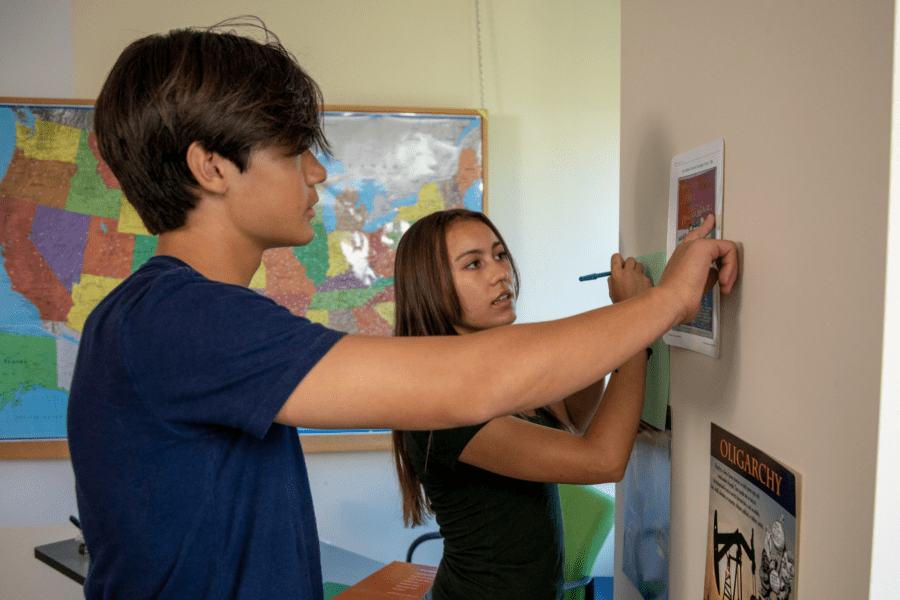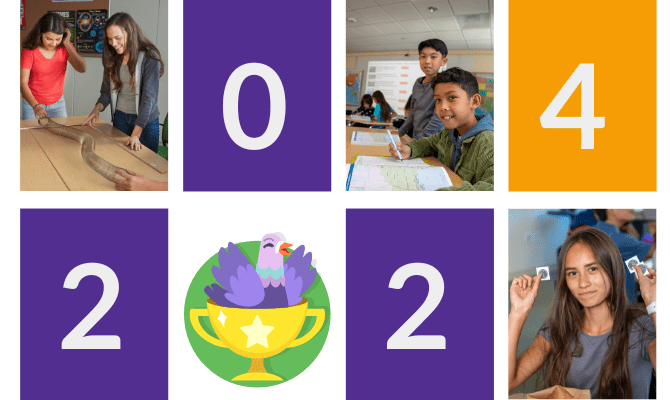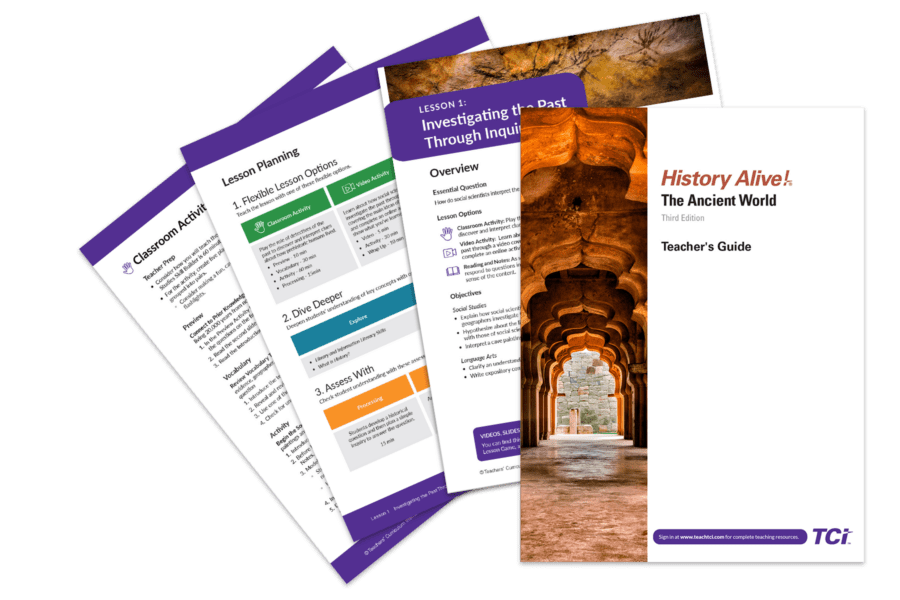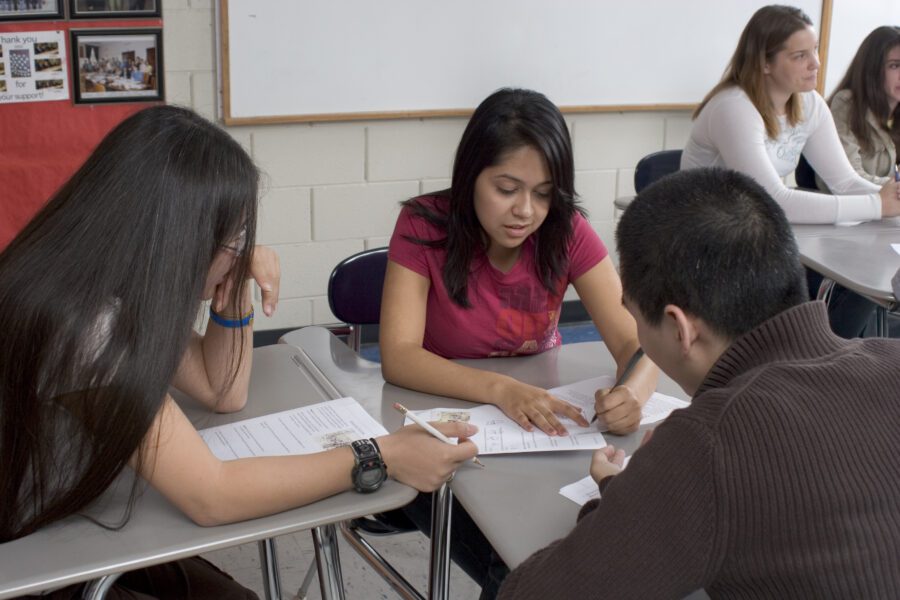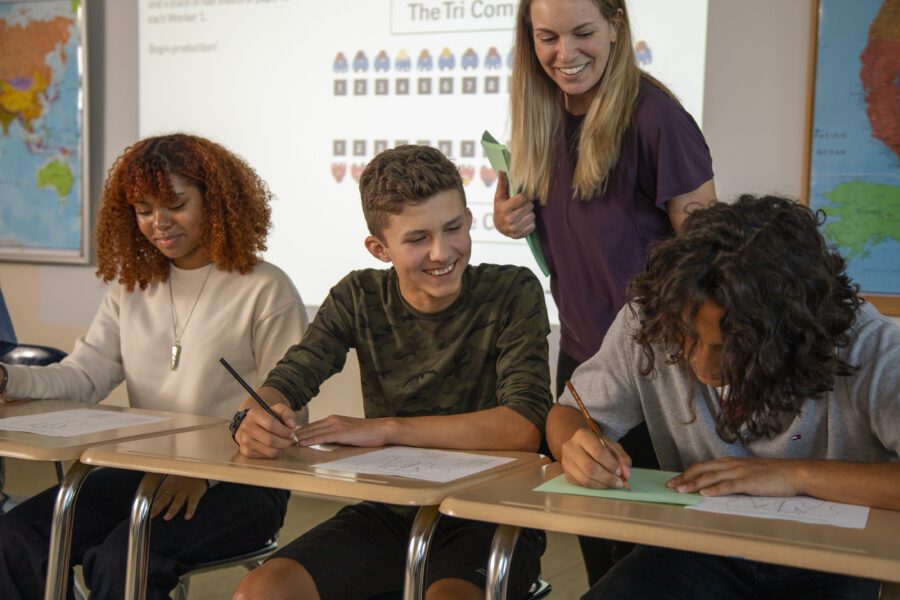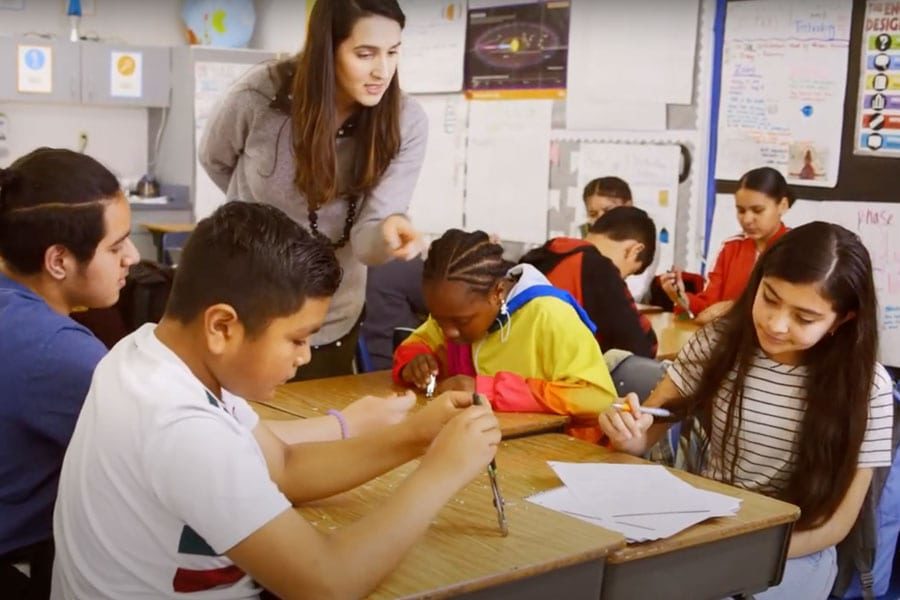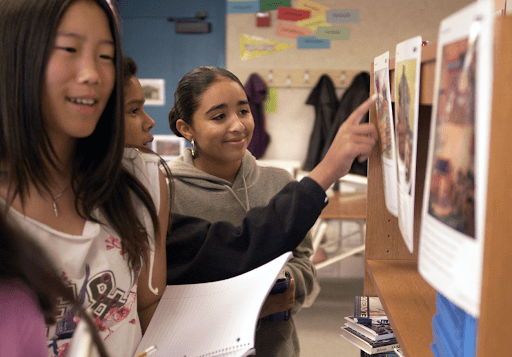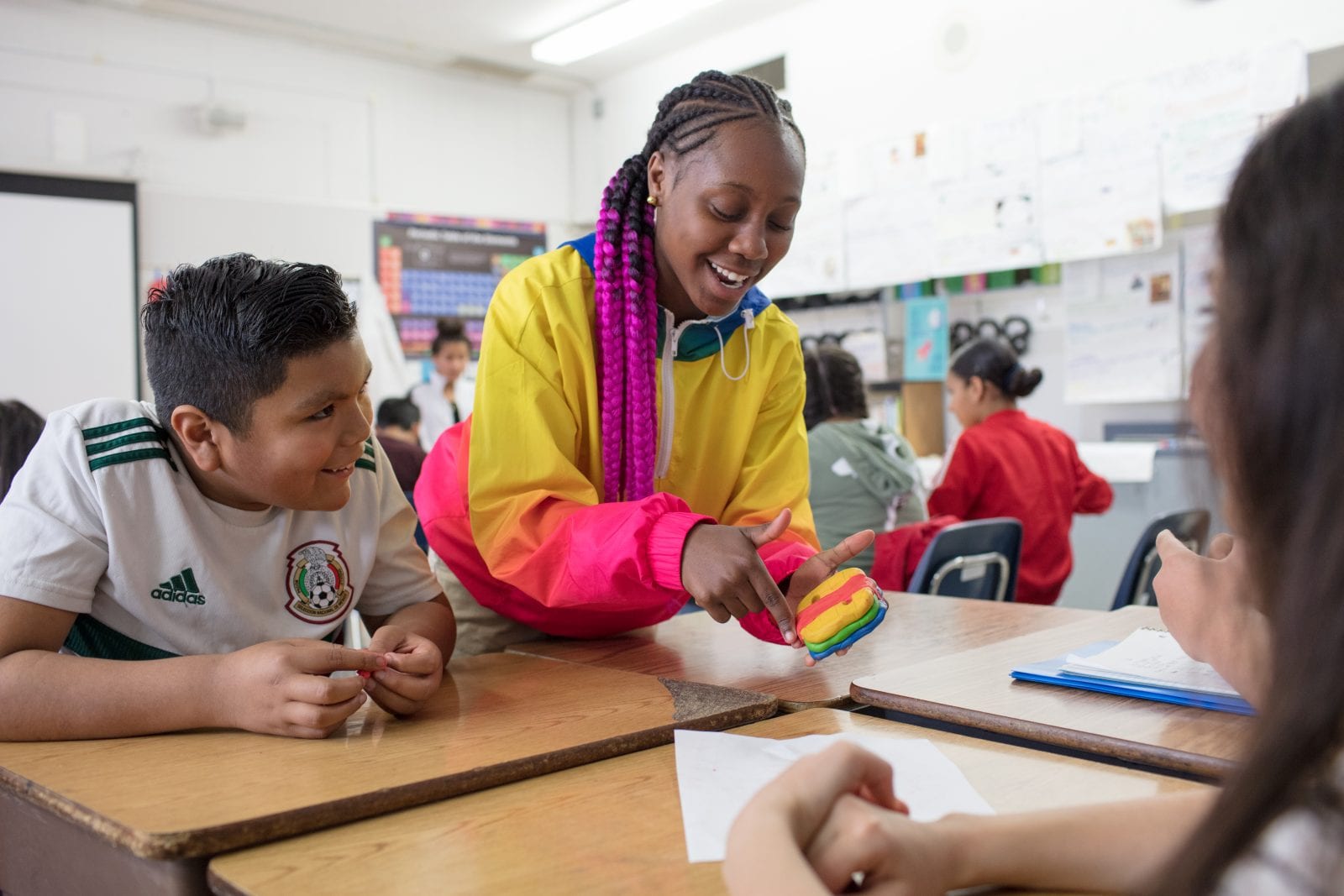Featured Post
Using ESSER Funds Before They Expire on September 30, 2024
In response to the challenges posed by the COVID-19 pandemic, the Elementary and Secondary School Emergency Relief (ESSER) program was introduced to provide federal funding assistance to K-12 schools nationwide. This funding aimed to mitigate the pandemic’s impact on student

